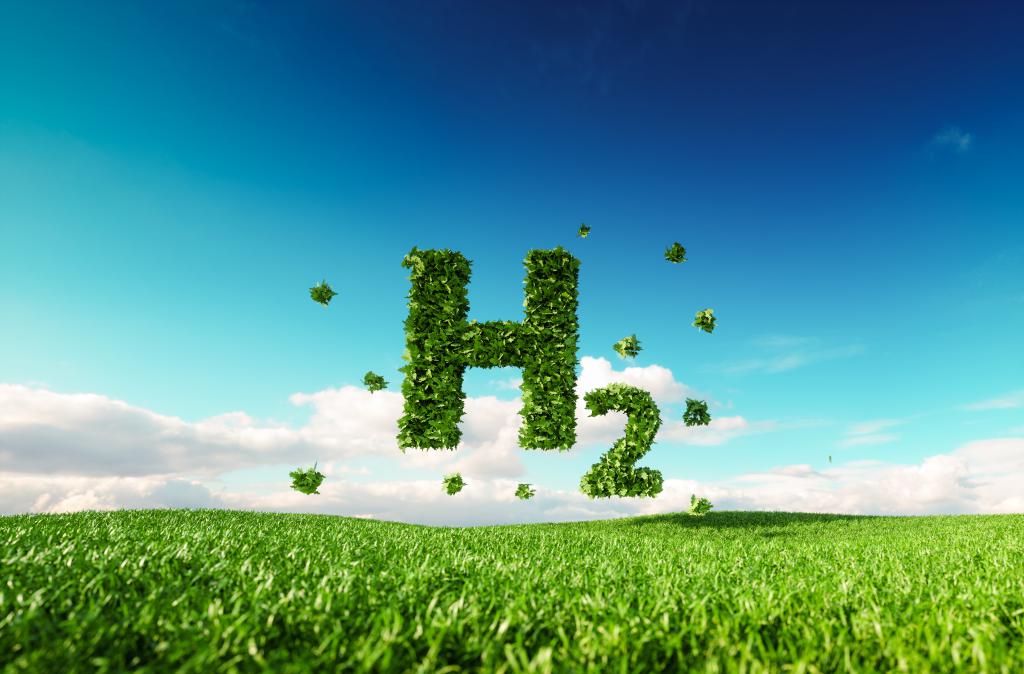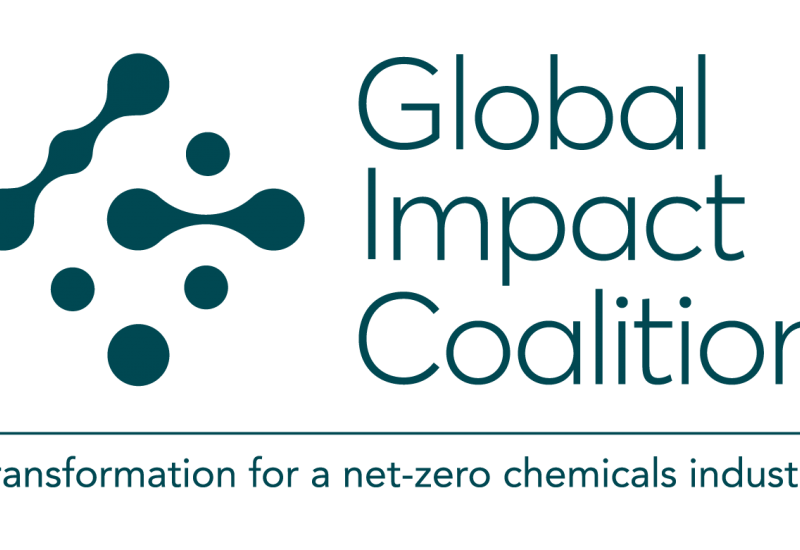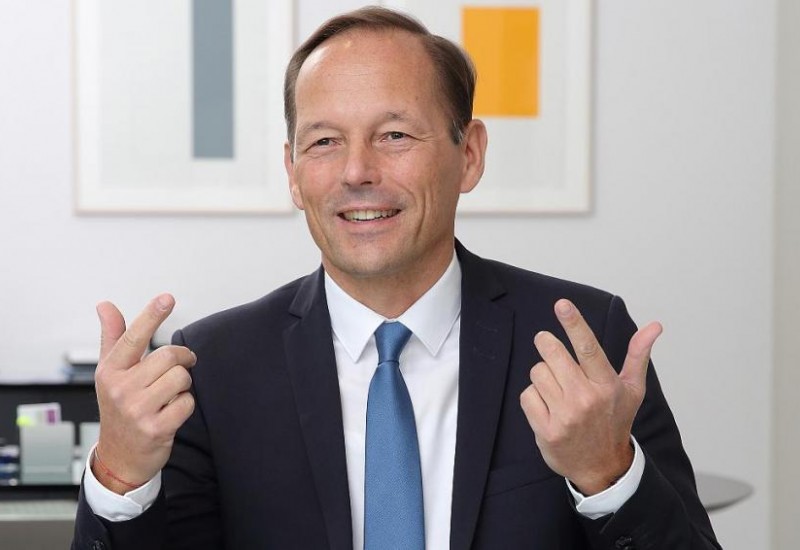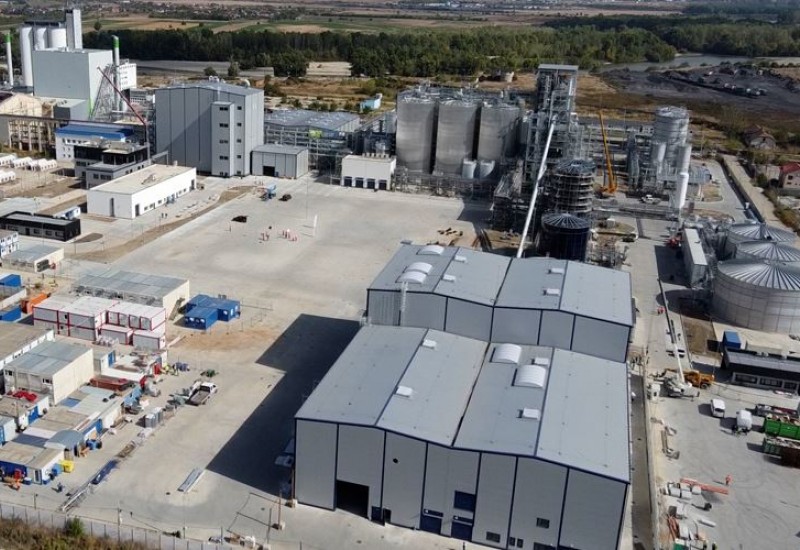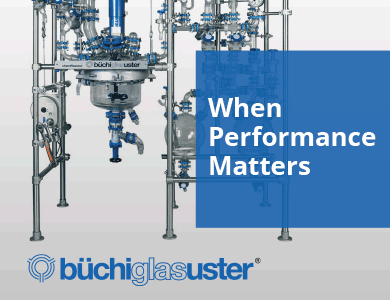Feature article - Advances in clean hydrogen multiply
We sum up the latest developments in one of the industry's hottest fields
There have been multiple recent announcements across the world about investments in cleaner forms of hydrogen. These mainly refer to ‘green hydrogen’ produced by electrolysis, though also ‘blue hydrogen’, which is made from natural gas in a reforming process, in which CO2 emissions are captured for storage.
According to the European Commission’s Joint Research Centre in Italy, hydrogen currently accounts for less than 2% of Europe’s energy mix but this could rise to 10-23% by 2050. Further developing the hydrogen economy is crucial to the goal of reaching net-zero carbon emissions by 2050, as outlined in the EU’s European Green Deal.
Many European countries have announced national hydrogen strategies since the Green Deal emerged, with considerable focus on electrolyser systems, according to IDTechEx. These are crucial to making hydrogen viable in major polluting industries that cannot be electrified, with ammonia and methanol high among these.
Evonik is among the seven companies with operations in Germany that have launched the GET H2 alliance, which says that it “aims to create the basis of a European infrastructure for green hydrogen” by 2024. The others are BP, Nowega, OGE, RWE, Salzgitter Flachstahl and Thyssengas.
GET H2 plans build a cross-border infrastructure for hydrogen from production to transport, storage and industrial use. This will all be connected in multiple steps, starting with supplying hydrogen from RWE’s Lingen plant via the existing grid to BP’s refinery at Gelsenkirchen. In 2025, the network will be extended to the Dutch border and RWE will integrate a cavern storage facility in Gronau-Epe in 2026.
By 2030, the network will be extended to the Salzgitter steelworks and, if necessary, connected to other networks, including Evonik’s chemical park at Marl. This is projected to save CO2 emissions of up to 16 million tonnes in that timeframe.
The consortium has submitted an expression of interest to the German Federal Ministry of Economics & Technology for funding under the Important Projects of Common European Interest (IPCEI) programme. They warned that, although IPECI can part-finance network construction, further amendment to the Energy Industry Act is necessary.
The Germany cabinet passed a draft of this in early February. However, GET H2 said, it “does not provide for an overarching regulation of gas and hydrogen networks with a uniform gas and hydrogen network fee”. This, in their view, “would be the best solution to enable a uniform and non-discriminatory use of the hydrogen infrastructure at sustainable conditions”.
Another German chemical producer investing in green hydrogen and renewable methanol is Wacker Chemie. Its proposed RHYME (Renewable HYdrogen and MEthanol) project, in partnership with Linde, envisages building a 20 MW electrolysis plant to generate hydrogen from water using renewable electricity at its Burghausen site. Both are key starting materials for chemical products such as silicones that Wacker makes.
Compared with current production methods, the new processes could cut CO2 emissions by around 80%, the firm said. Wacker is now applying for funding from the EU and the German federal government.
In the same field, Danish catalysis specialist Haldor Topsøe and Aquamarine Investment Partners have signed a memorandum of understanding to build a green hydrogen and ammonia facility, to be operational by 2024 subject to a final investment decision. Aquamarine is now seeking permits. No financial details were disclosed.
The facility will be situated near the offshore wind farms of Germany’s northern coast. It will use Haldor Topsøe’s proprietary solid oxide electrolyser cell technology in a 100 MW unit to produce hydrogen for conversion into 300 tonnes/day of ammonia for use in fuels and fertilisers.
Similarly, Italian engineering firm Saipem and Alboran Hydrogen have signed a memorandum of understanding to jointly develop and build five plants to produce green hydrogen in the Mediterranean basin. Three will be in southern Italy, in the regions of Brindisi, Taranto and Foggia; the others in Albania and Morocco, with the Moroccan plant producing ammonia from green hydrogen.
Saipem will take charge of engineering, procurement and construction, while Alboran, which is active development of renewable projects, will coordinate the technological aspects with the Italian research institutes that are also involved: National Energy Technology District, La Sapienza University, Salento University and the Brindisi Research Centre.
BP has announced that it is considering developing the UK’s largest blue hydrogen plant on Teesside in north-east England, with up to 1 GW of capacity to produce 150,000 tonnes/year of blue hydrogen when it is complete in 2030. A final investment decision will be made in 2024.
Both blue hydrogen and carbon capture and storage are integral to the UK government’s decarbonisation strategy. Under this, the government has just awarded £171 million for nine projects across five industrial clusters across the country, but none went to any of the ongoing green hydrogen projects.
Separately, however, BP has signed a memorandum of understanding with Tees Valley Combined Authority to explore the potential for green hydrogen in the region. The plans include developing Teesside as the UK’s first hydrogen transport hub, as outlined by the Department for Transport in September 2020.
Meanwhile, Danish renewable energy supplier Ørsted plans to build a 1 GW renewable hydrogen production facility in the Netherlands by 2030, whose electrolyser would be able to convert about 20% of the region’s current hydrogen consumption to renewable hydrogen. This would be linked to 2 GW of offshore wind power and on, via a 45-km pipeline, to users in the Benelux, including Dow Chemical at Terneuzen.
Zurich-based asset manager FiveT Capital has recently announced a €1-billion infrastructure fund dedicated to clean hydrogen infrastructure projects. Among the initial investors is Baker Hughes. The fund will first seek to develop infrastructure, then move into hydrogen-related technologies and companies. Green hydrogen production and downstream distribution assets will be a major part of this.
In Brazil, Fortescue Future Industries, a subsidiary of an Australian mining firm, has finalised a preliminary deal with holding company Prumo Logistica to undertake feasibility studies for a green hydrogen plant at Açu. This would have 300 MW of power capacity to power industries in the port and would supply 250,000 tonnes/year of green ammonia.
In Asia, finally, Japan’s largest refiner Eneos has signed a MoU with Saudi Aramco to consider development of a CO2-free hydrogen and ammonia supply chain. The firm has already been taking blue hydrogen from Saudi Arabia since 2020. They will now conduct a feasibility study on hydrogen production and transport.
In December 2020, Japan formulated its own strategy for achieving carbon neutrality by 2050. This includes producing 3 million tonnes/year of hydrogen by 2030 and 20 million by 2050 by means of both promoting demand and cultivating supply internationally.


